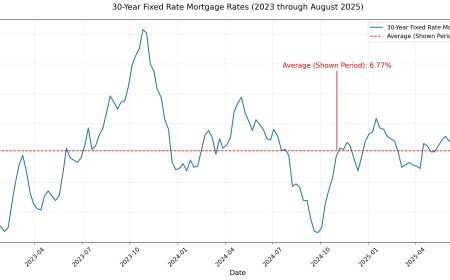How to Rebalance Your Portfolio Like a Pro
Learn professional portfolio rebalancing techniques to maintain optimal asset allocation, manage risk, and maximize long-term returns through systematic rebalancing.

Portfolio rebalancing is the process of realigning your investment holdings back to your original target asset allocation. This critical discipline separates successful long-term investors from those who let portfolios drift aimlessly. Over time, some investments perform better than others, causing portfolios to drift from intended allocations and risk profiles.
For example, if your target allocation is 70% stocks and 30% bonds, but strong stock performance increases your stock allocation to 76%, you now have more risk exposure than intended. Without rebalancing, your portfolio becomes increasingly aggressive and may not match your risk tolerance.
Professional rebalancing strategies include time-based approaches (quarterly or annually), threshold-based methods (when allocations deviate 5-10% from targets), or hybrid combinations. Time-based rebalancing provides regular discipline but may incur unnecessary costs, while threshold-based rebalancing responds to market movements but requires more monitoring.
The rebalancing process involves four key steps: review your current allocation by calculating actual percentages, compare these to your target allocations, calculate required trades to restore balance, and execute trades systematically. Address the largest deviations first and consider tax implications when making changes.
Advanced techniques include cash flow rebalancing, where you use new contributions to restore balance instead of selling existing holdings. This approach is tax-efficient and reduces transaction costs. You can also integrate tax-loss harvesting by selling losing positions in overweight asset classes while harvesting tax benefits.
Technology tools like Personal Capital provide free portfolio tracking and rebalancing alerts, while robo-advisors can automate the entire process. Studies show that systematic rebalancing can add 0.3-0.7% annually to returns while managing risk effectively.
The key is developing a rebalancing strategy that fits your situation and sticking to it through all market conditions. Remember that rebalancing forces you to buy low and sell high - exactly what successful investors do naturally.
What's Your Reaction?
 Like
0
Like
0
 Dislike
0
Dislike
0
 Love
0
Love
0
 Funny
0
Funny
0
 Angry
0
Angry
0
 Sad
0
Sad
0
 Wow
0
Wow
0








































